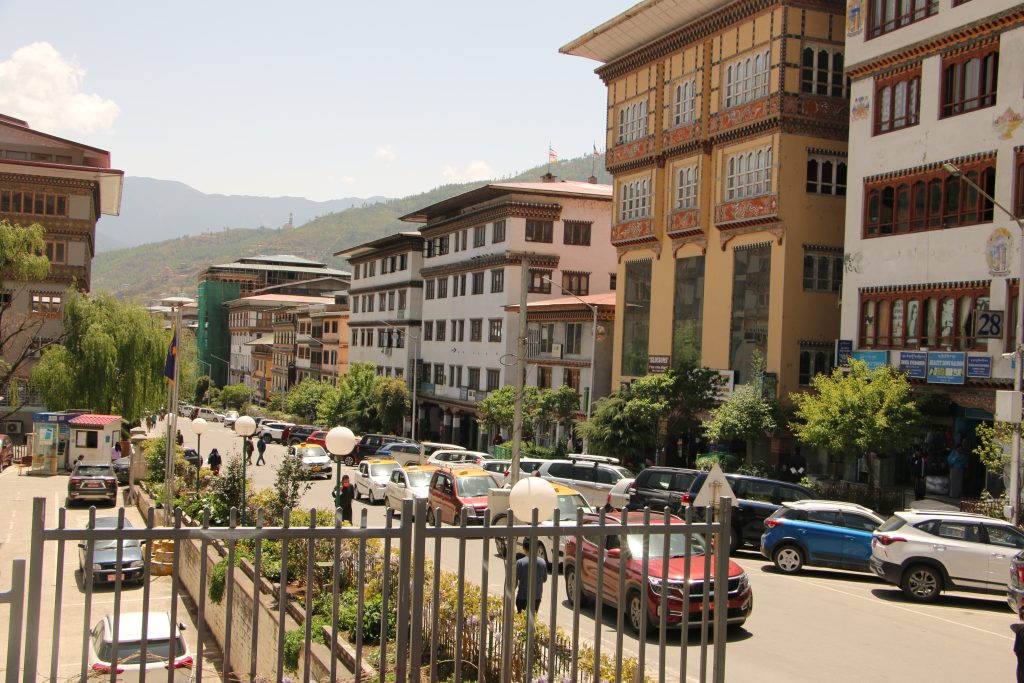
The document titled “Strengthening Housing and Urban Development Division With Special Reference to Thimphu, Capital of Bhutan” outlines strategies for enhancing urban planning and housing development in Thimphu amid rapid urbanization. It emphasizes the need for a structured approach to manage growth sustainably while maintaining Bhutan’s unique cultural and environmental heritage.
Context of Urbanization
Thimphu, Bhutan’s capital, has experienced significant population growth, leading to increased demand for housing and urban services. The report highlights the challenges posed by this rapid urbanization, including inadequate infrastructure, informal settlements, and environmental degradation. These issues necessitate a comprehensive framework to guide urban development effectively.
Further reading:
[PDF] Strengthening Housing and Urban Development Division hdm.lth
[PDF] Bhutan-Urban Development Project – World Bank Documents and Reports documents1.worldbank
Objectives of the Housing and Urban Development Division
The primary objectives of the Housing and Urban Development Division include:
- Improving Housing Accessibility: The division aims to increase the availability of affordable housing for economically weaker sections and low-income groups.
- Promoting Sustainable Urban Development: The focus is on integrating sustainability into urban planning processes, ensuring that development aligns with environmental conservation efforts.
- Enhancing Community Participation: Engaging local communities in the planning process is vital to ensure that developments meet their needs and foster a sense of ownership.
Key Strategies
The document outlines several strategies to achieve these objectives:
- Integrated Urban Planning: The division advocates for a holistic approach to urban planning that considers land use, infrastructure, and community needs. This includes developing clear zoning regulations and land use policies.
- Infrastructure Development: Enhancing essential services such as water supply, sanitation, waste management, and transportation is critical to supporting Thimphu’s growing population. The report emphasizes the need for investments in sustainable infrastructure that minimizes environmental impact.
- Disaster Risk Reduction: Given Bhutan’s vulnerability to natural disasters, the policy incorporates measures to improve disaster resilience in urban areas. This includes implementing building codes that prioritize safety and integrating risk reduction strategies into urban planning.
- Capacity Building: Strengthening the capabilities of local authorities and stakeholders involved in urban planning is essential for effective implementation. This includes training programs focused on sustainable practices and community engagement.
Conclusion
In summary, the report on strengthening housing and urban development in Thimphu underscores the importance of sustainable urban planning in addressing the challenges posed by rapid urbanization. By focusing on affordable housing, community participation, and infrastructure development, Bhutan aims to create a livable city that respects its cultural heritage while meeting the needs of its residents. Through these initiatives, Thimphu can navigate its growth trajectory effectively while ensuring a high quality of life for all citizens.
